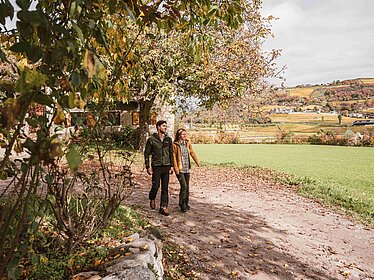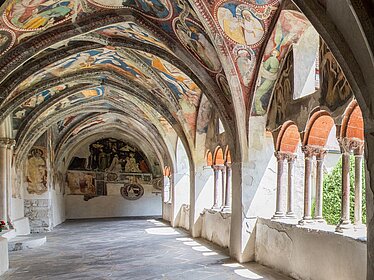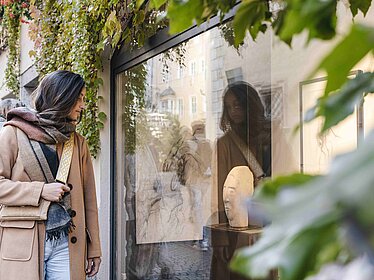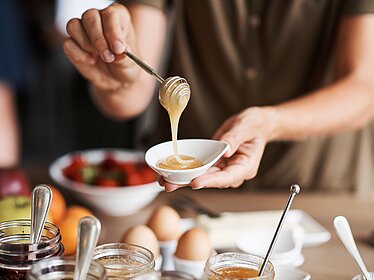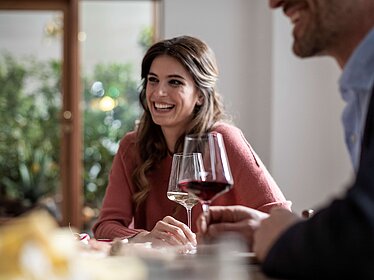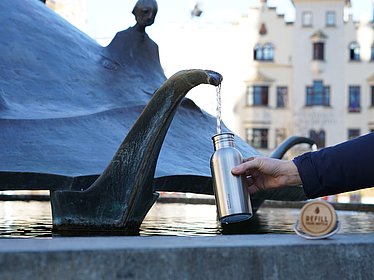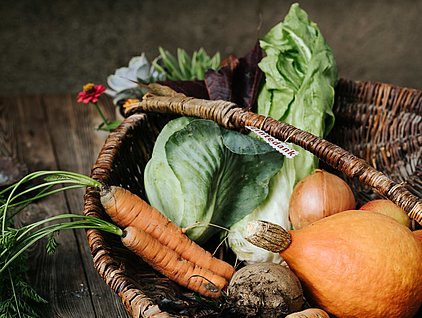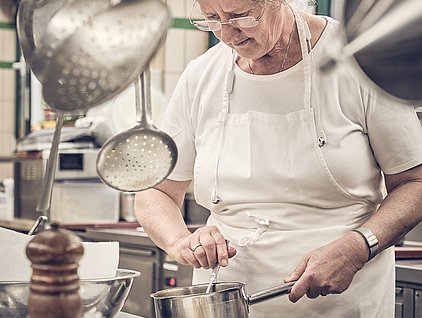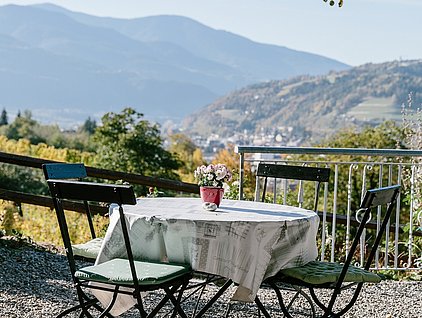Exploring the great outdoors
Urban Vibes
A feast for the senses
My holiday
Menu
Exploring the great outdoors
-
Exploring the great outdoors
- Bike
- Hiking and walking
- Skiing and winter sports
Menu
Urban Vibes
-
Urban Vibes
- Vibrant old town
- Art and culture
- Shopping
- Water
Menu
A feast for the senses
-
A feast for the senses
- White wine
- Local products
- Törggelen harvest festival
- Dining
Menu
My holiday
-
My holiday
- Brixen as a holiday destination
- Arrival and local travel
- The latest from Brixen
- Events
- Holidaying in Brixen
- Home
- Magazine
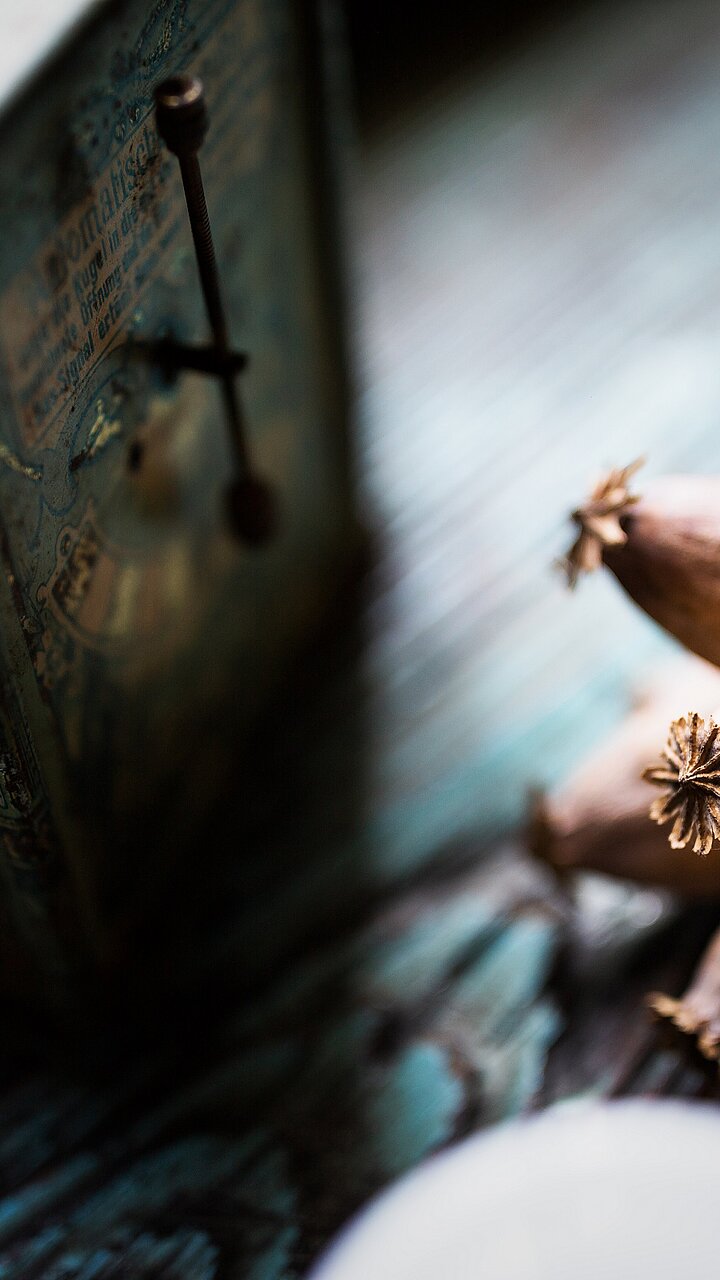
Authentic stories
from Brixen and South Tyrol
The heart. The mountain air makes it beat faster and beautiful artworks seit it aflutter. And when the two come together, it’s enough to make it leap with joy. This is what we call pure happiness!
We take you on a journey and show you exactly what makes us stand out: their perfect blend of stunning nature and superb culture.
Happy reading!
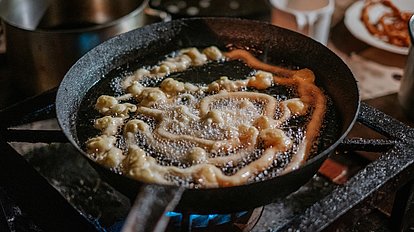
Hot stuff
They say Adelheid Kerschbaumer Raifer makes South Tyrol’s best Strauben, the traditional local funnel cakes. A visit to her farm in Verdings.
5 minutes
“It takes a lot of work”, Adelheid Kerschbaumer Raifer says, breathing heavily while unlacing her coarse work boots on a wooden bench in the garden of her farm, called Moar zu Viersch. Even though the morning is sunny, the old farmer’s breath forms little puffs in the air. It doesn’t bother her at all. She is wearing a short-sleeved, chequered blouse and a blue apron with a fine, white pattern. She explains that she almost never feels cold. Not even when getting out to the barn at 4:30 every morning to take care of the cows. That’s where she’s coming from now, before moving over to the henhouse.
The farmer, who is now ninety years old, was no older than twelve when she had to start helping with the farm work on her parents’ property in Latzfons/Lazfons. During wartime, children didn’t attend school. They had to help with the work to support the entire family. “I came to the Moar zu Viersch farm back in 1958”, Adelheid Kerschbaumer Raifer tells us when meeting us at the farm’s large entrance door, carrying eggs and milk. That was when she married her husband and moved here, to his family’s farm. Lush, green pastures surround the old building. From here, the view opens up all the way over to the other side of the valley, to the Geisler peaks (Gruppo delle Odle) and the Plose mountain in the distance.
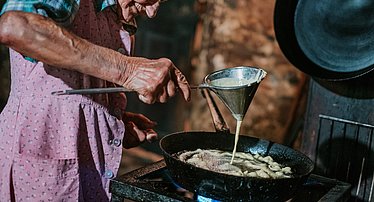
Adelheid Kerschbaumer Raifer still remembers the years when she had to carry their cows’ milk every day, from the farm all the way down to Klausen/Chiusa in the valley. It was a 45-minute walk (and back again), carrying 30 kilos on her back, to earn a small income for the family. Her husband passed away in 1978; the couple didn’t have children.
“Well, what can you do?” she asks, looking down at the ground, dragging her feet up the stone steps leading to the first floor. This is where, in the wood-panelled Stube—the dining room typical for Alpine farm houses and the only heated room in the entire building other than the kitchen—she receives guests for the traditional Törggelen events in autumn. Together with her niece, Mechthild, she prepares delicious Schlutzkrapfen (spinach-filled ravioli), barley soup, cured meat, potato pancakes with cabbage (known as Kartoffelblattln), and roasted chestnuts for hungry patrons. But what Adelheid Kerschbaumer Raifer is truly famous for are her funnel cakes, known as Strauben, and sweet pastries, called Krapfen.
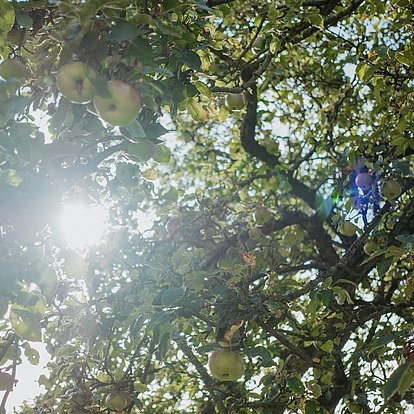
My recipe for eternal youth? A half-hour nap after lunch to get your thoughts to rest.
Adelheid Kerschbaumer Raifer
She opens a wooden door right at the front of the hallway. The thick walls that date back to the 9th century and the room’s ceiling are covered in black soot: It is the farm’s smokehouse, where she goes to get her peace and quiet for baking and in order to make room in the kitchen for the other helpers. Normally, this small, blackened room is used to smoke pork cuts from the farm’s pigs: a process commonly used to cure the local ham, called speck.
But today, the farmer pours oil into a black, cast-iron skillet and lights the burner of the stove. Next, she separates two eggs and beats the whites until they are stiff. In another bowl, she combines the yolks with a little sugar and salt, vanilla sugar, melted butter, and milk from the farm’s cows. She pops out of the room for a second and comes back holding a bottle of beer. “It’s a secret ingredient to prevent the Strauben from soaking up all the fat”, she says and laughs, pouring a little bit into the batter. Next, she adds the flour before folding in the egg whites.
She says that she never uses a recipe book in the kitchen. It seems like all the years of cooking traditional South Tyrolean dishes have left her with just the right feel for the texture of the different batters. “We need a little more flour, it shouldn’t be that runny”, she finds, before giving the batter a final stir with a ladle.
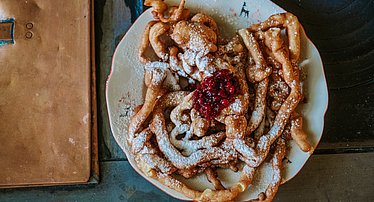
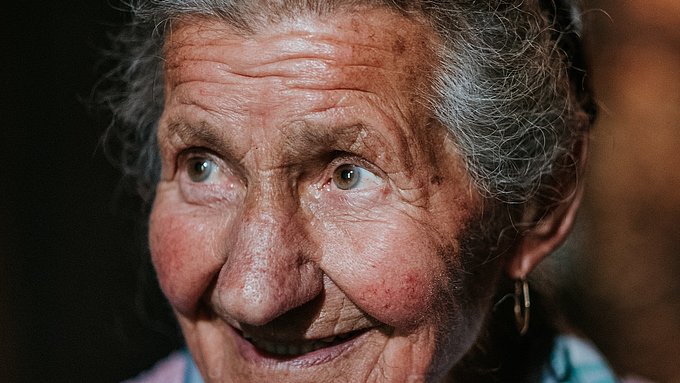
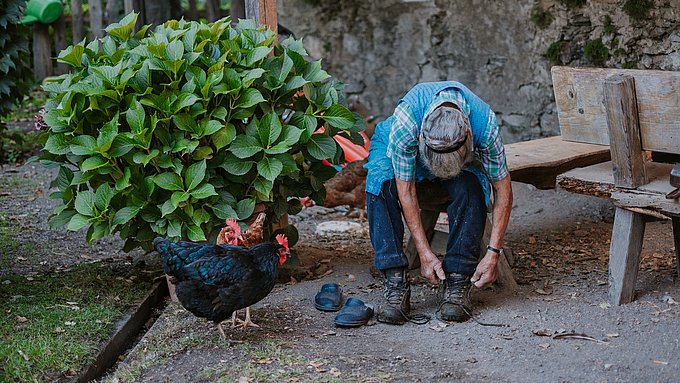
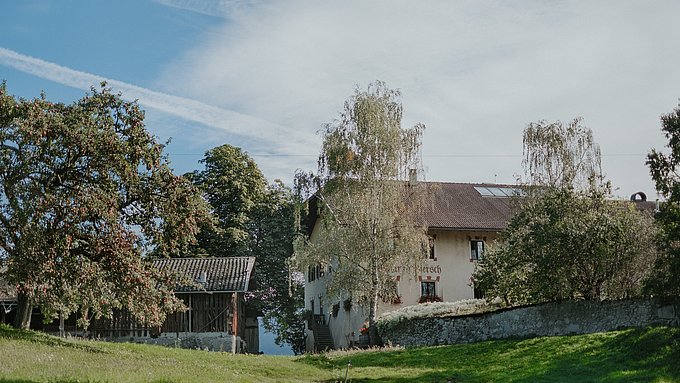
The old woman’s hands are full of wrinkles, her knuckles swollen, but her cheeks are full and red, her eyes a stunning shade of blue. Her grey hair is neatly plaited and tucked under a hair net. When asked about her recipe for eternal youth, she grins: “A half-hour nap after lunch to get your thoughts to rest."
The farmer uses the ladle to spoon the batter into a funnel, keeping the opening at the bottom closed with her index finger. She moves the funnel over the skillet, removes her finger, and lets the batter flow into the hot oil, expertly pouring it in even, looping shapes. While the long, snake-like cake slowly puffs up, turning golden-brown, she brings up the heat before flipping the funnel cake. After a short while, she removes the perfectly fried cake from the hot oil and places it onto a plate.
Adelheid Kerschbaumer Raifer taught herself how to make Strauben, tweaking and changing the recipe to perfection over decades. For special occasions, when she sometimes has to make more than 100 funnel cakes, she gets help from young farmers’ wives from the village, she says, while removing the next sweet cake from the skillet. After garnishing it with powdered sugar and lingonberry jam, she offers some of the sweet treat for us to try: Fluffy, sweet, but not greasy at all, the cake nicely melts in our mouths. This is what Strauben should taste like.
Text: Lisa Maria Kager
Pictures: Michael Pezzei
Date of publication: 2019



